Daylily Seed and Winter Sowing
laurelin
14 years ago
Featured Answer
Comments (21)
trudi_d
14 years agolast modified: 9 years agoRelated Discussions
Daylilies from Seed (Winter Sowing Needed??)
Comments (2)Soaking often helps. They need a moist cold period of minimum 40 days before they will germinate....See MoreWinter sowing daylily and hosta ?
Comments (12)Hosta seeds will germinate with or without cold stratification but you can winter sow them and expect to see sprouts, probably in early March. My sprout chart from last year shows I WS hosta seeds on 12/25 and had sprouts 4/21. With the difference between zones, I'm guessing you'd see sprouts much earlier where you are. Winter sowing hosta seeds from variegated plants doesn't mean you'll get variegated sprouts. The two I WS were 'Dream Weaver' & 'El Nino' (both variegated) and all the sprouts were solid green. I found an article on growing daylilies from seed that said toss the seeds in a Ziploc bag with some Perlite and a little water. It said the seeds would sprout in two weeks. They did & I got 100% germination. The seedlings grew on, indoors, the rest of that season, went dormant in the winter, came up again the following spring, repeated the process another year & bloomed this summer. They were seeds from 'Happy Returns' which is the pale yellow version of the popular Stella d'Oro....See MoreSucess rate with Daylilies?
Comments (6)Hello Sue: I came across this post while considering whether or not it would be worthwhile to grow daylilies from seed and I decided not to grow them from seed. This post suggested that stratification could be beneficial so WSing should work, however, the germination and growing-on rates don't seem great, and the greatest detractor was the time needed to get a bloom. Here is the link I read: http://kbgardenblog.blogspot.com/2006/08/harvesting-daylily-seeds.html Good luck....See MoreWinter Sowing Seed Exchange FAQs ~ How many seeds go into a packet f
Comments (0)The suggested minimum seed count per packet is 24 seeds (two dozen). Some seeds are very rare, or are difficult to collect, or are weighty and costly to mail. Because of any of these reasons you may wish to put less than 24 seeds into a packet. ALWAYS put this information in your very first post when you offer an "under-count" package of seeds. That way there's no "hard feelings" later on. If a trader knows exactly what they're trading for they will be content with their trade....See Moretepelus
14 years agolast modified: 9 years agolaurelin
14 years agolast modified: 9 years agodisneynut1977 ~ Melissa
14 years agolast modified: 9 years agoglitterglass
14 years agolast modified: 9 years agotrudi_d
14 years agolast modified: 9 years agolaurelin
14 years agolast modified: 9 years agotoken28001
14 years agolast modified: 9 years agoswontgirl_z5a
14 years agolast modified: 9 years agotrudi_d
14 years agolast modified: 9 years agofloodthelast
14 years agolast modified: 9 years agoswontgirl_z5a
14 years agolast modified: 9 years agomnwsgal
14 years agolast modified: 9 years agoswontgirl_z5a
14 years agolast modified: 9 years agotrudi_d
14 years agolast modified: 9 years agoswontgirl_z5a
14 years agolast modified: 9 years agomnwsgal
14 years agolast modified: 9 years agoaliska12000
14 years agolast modified: 9 years agotrudi_d
14 years agolast modified: 9 years agoswontgirl_z5a
14 years agolast modified: 9 years ago
Related Stories

WINTER GARDENINGExtend Your Growing Season With a Cold Frame in the Garden
If the sun's shining, it might be time to sow seeds under glass to transplant or harvest
Full Story
CALIFORNIA GARDENINGSouthern California Gardener's November Checklist
Sow wildflower seeds while ye may, give berries some love and pay attention to produce for garden veggies all winter long
Full Story0
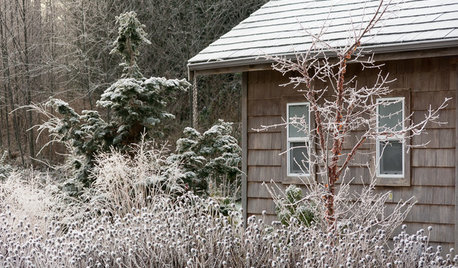
WINTER GARDENINGLook Beyond Plants for a Wonderful Winter Garden
Use sculptures, fences and other structures to draw the eye to a bare-bones landscape
Full Story
CENTRAL PLAINS GARDENINGCentral Plains Gardener's January Checklist
Sow your garden dreams while poring over seed and plant catalogs and maybe getting crafty in the shed
Full Story
GARDENING GUIDESTexas Gardener's May Checklist
Be especially water wise this month as you sow seeds, tend to your lawn and plant edibles, grasses and flowers
Full Story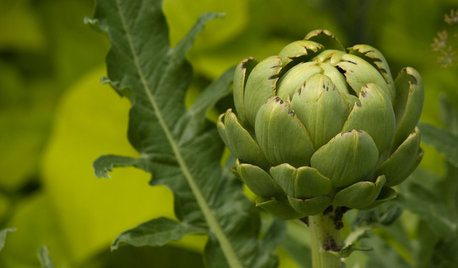
GARDENING GUIDESYour Garden Is Stirring — Here’s What to Do in February
February is a good time to start seeds, shape up shrubs and watch for the earliest blooms. Here’s what to do in your part of the U.S. now
Full Story
GARDENING GUIDESPacific Northwest Gardener: What to Do in July
Deadheading spent flowers, keeping up with watering and starting seeds indoors are the biggest gardening tasks for July
Full Story0
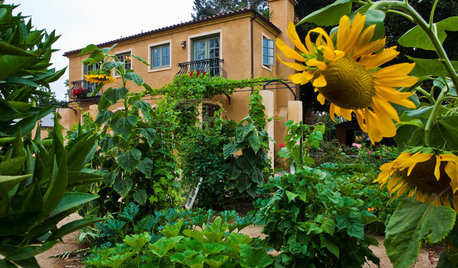
REGIONAL GARDEN GUIDESTexas Gardener's April Checklist
Get your sowing and planting on — spring brings a tantalizing array of possibilities in the garden
Full Story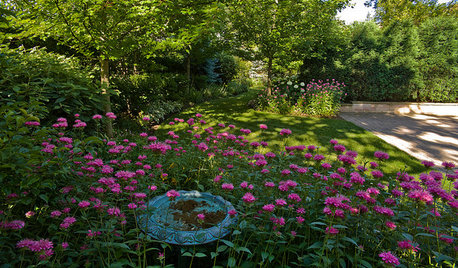
LANDSCAPE DESIGNExuberant Self-Seeders for Gorgeous, Easy-Care Gardens
Keep weeds down, color high and maintenance low with beautful plants that sow themselves
Full Story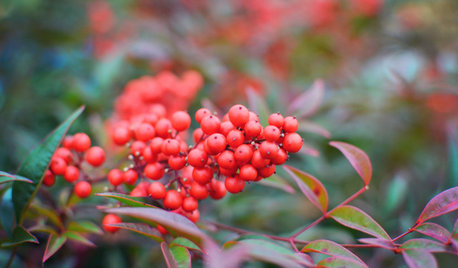
WINTER GARDENINGNew Year, New Landscape — What to Do in Your January Garden
Whether you've resolved to make over your garden or just enjoy it more, these tasks can help
Full Story


bookjunky4life